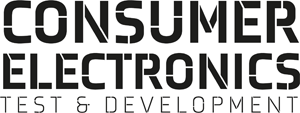Through the development of technology to collect and recycle QD ink wasted during the QD-OLED manufacturing process, Samsung Display has successfully recovered and reprocessed 80% of the ink that was previously discarded in the QD emitting layer manufacturing process. The process is expected to bring annual cost savings of over KRW10 billion (approximately US$7.3 million).
The QD light-emitting layer, the key structure of QD-OLED displays, is formed using inkjet printing that densely sprays red and green QD ink through micro nozzles in micrometer sizes. However, any QD ink left in the nozzles was previously discarded, accounting for approximately 20% of the total QD ink used in the process.
In December 2023, Samsung Display assembled a task force consisting of members from the manufacturing, development, research lab, environmental safety, and procurement teams, and succeeded in developing a QD ink recycling facility in August. The regenerated ink undergoes advanced synthesis technology that revives its purity and optical properties, resulting in the same performance levels as the original ink in quality tests. It has been in use on the production line since October.
“With Samsung Display’s QD-OLED receiving rave reviews, we are using more QD ink than ever before,” said Seongbong Kim, Vice President and Head of the Large Manufacturing Technology Center at Samsung Display. “By developing this groundbreaking technology that recycles high-quality QD ink in-house, we will significantly contribute not only to cost reduction but also to resource recycling.”

